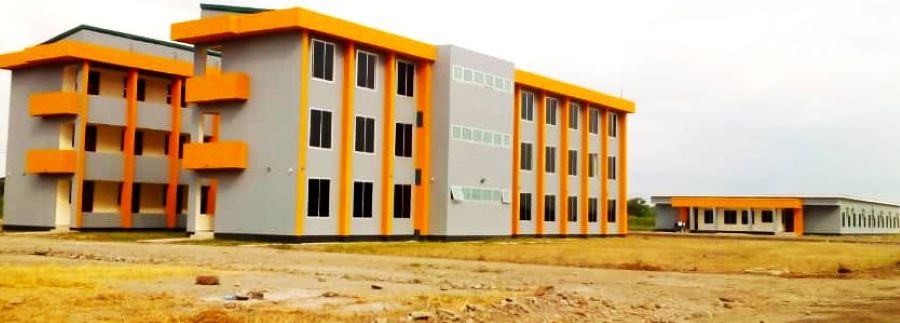Tanzania launches Hydro Power training facility for Eastern African countries at the foot of Mount Kilimanjaro
Finally the foundation stone towards an ambitious electricity power churning plant in Kilimanjaro Region has been laid at the Kikuletwa Hydropower Training facility in Hai District, which is however already in operation.
Minister of Education, Science, and Technology, Adolf Mkenda who graced the occasion said the center is among the various strategic projects that the country is undertaking to ensure constant and reliable power supply throughout the nation.
The Power plant is rooted within the Kikuletwa Renewable Energy Training and Research Center, a facility run by the Arusha Technical College (ATC) which also serves as Africa’s sub-regional training center for renewable energy.
The Arusha Technical College recently also inked a 10 billion/- contract for the construction of the auxiliary electricity producing plant in Hai District of Kilimanjaro.
The contract was initially hatched between the government of Tanzania, through ATC and the project contractor, the Beijing-based, HNAC Technology Company Limited.
Professor Mussa Chacha, the Arusha Technical College Rector explained that soon the Kikuletwa plant will be able to produce over 1.6 Megawatts of electricity power and inject the same into the National grid and so far they were working in cooperation with the experts at the Julius Nyerere Hydropower Plant of Rufiji.
On her part, the Permanent Secretary, in the Ministry, Prof Caroline Nombo stated that the Kikuletwa project is part of the World Bank Funded East Africa Skills for Transformation and Regional Integration Project (EASTRIP) undertaken in Kenya, Ethiopia and Tanzania.
It was stated during the event that the Kikuletwa Project and Power Plant do not depend on rains, because it is built at the center of large permanent rivers and water sources that flow around the year.
Once the Kikuletwa Project sails, the Arusha Technical College will become the first vocational training institution in East Africa to operate a serious electricity power production plant.
The World Bank had previously injected 37 billion/- (USD 16.25 million) at the Kikuletwa sub-regional training centre for renewable energy within the framework of the Eastern Africa Skills for Transformation and Regional Integration Project (EASTRIP).
In addition to being a training hub the Kikuletwa Center remains a power churning plant capable of producing 1.7 Megawatts of electricity.

With ongoing expansion programs the centre is soon also going to be able to increase the number of students to accommodate more than 1,500 scholars.
This strategy will not only enable Tanzania to train its technicians on site but also educate other candidates from the East and Central African Region.
Previously technicians used to go to Zambia for such training, but Lusaka only provides short-term training and focuses just on hydroelectricity.
Kikuletwa Center will offer full-time training and cover all forms of renewable energy.
The new renewable energy training centre prepares students in several technical fields, including hydro; Solar; Wind as well as organic Bioenergy and is intended to be a hub for such training in East Africa.
The ATC provides training in a number of fields including principles of operation and maintenance of hydropower plants, principles of design and maintenance of electricity transmission and distribution, programmable logic controllers (PLC) for hydropower engineers, and design, installation, service and maintenance of solar photovoltaic systems.
The Kikuletwa project also benefits from the support of Norway, which previously injected 8.3 billion Euros in 2014. For five years, this support has made it possible to set up training in hydroelectric power.
The Eastern Africa skills for transformation and regional integration program, which is being implemented in Tanzania, Kenya and Ethiopia, aims to develop specialized technical skills in priority sectors, including transport, energy, agricultural processing, manufacturing and information and communications technology.

